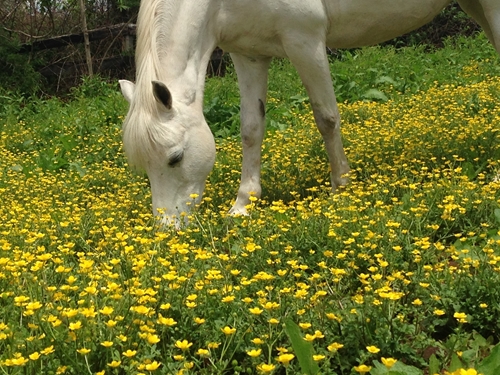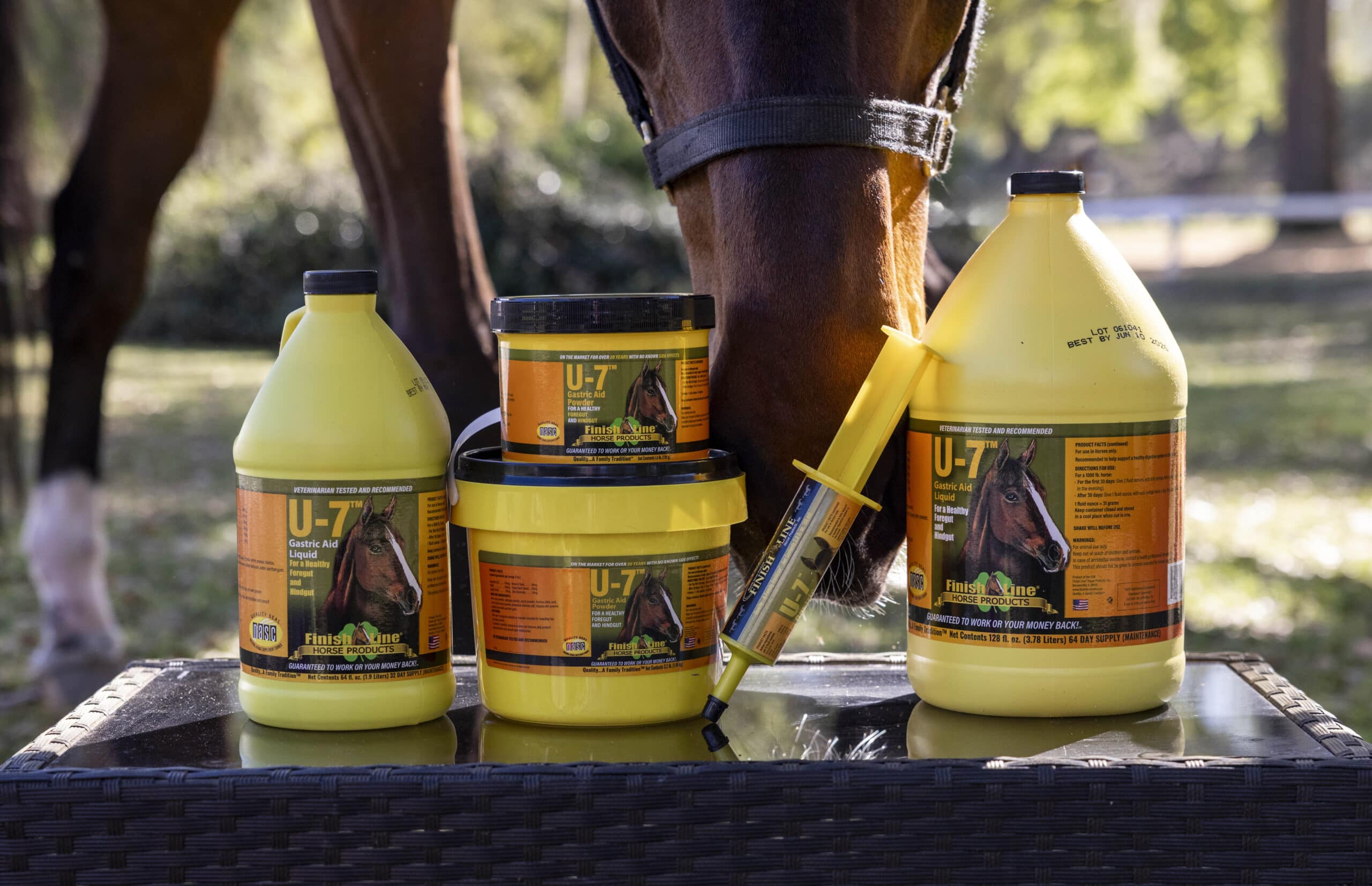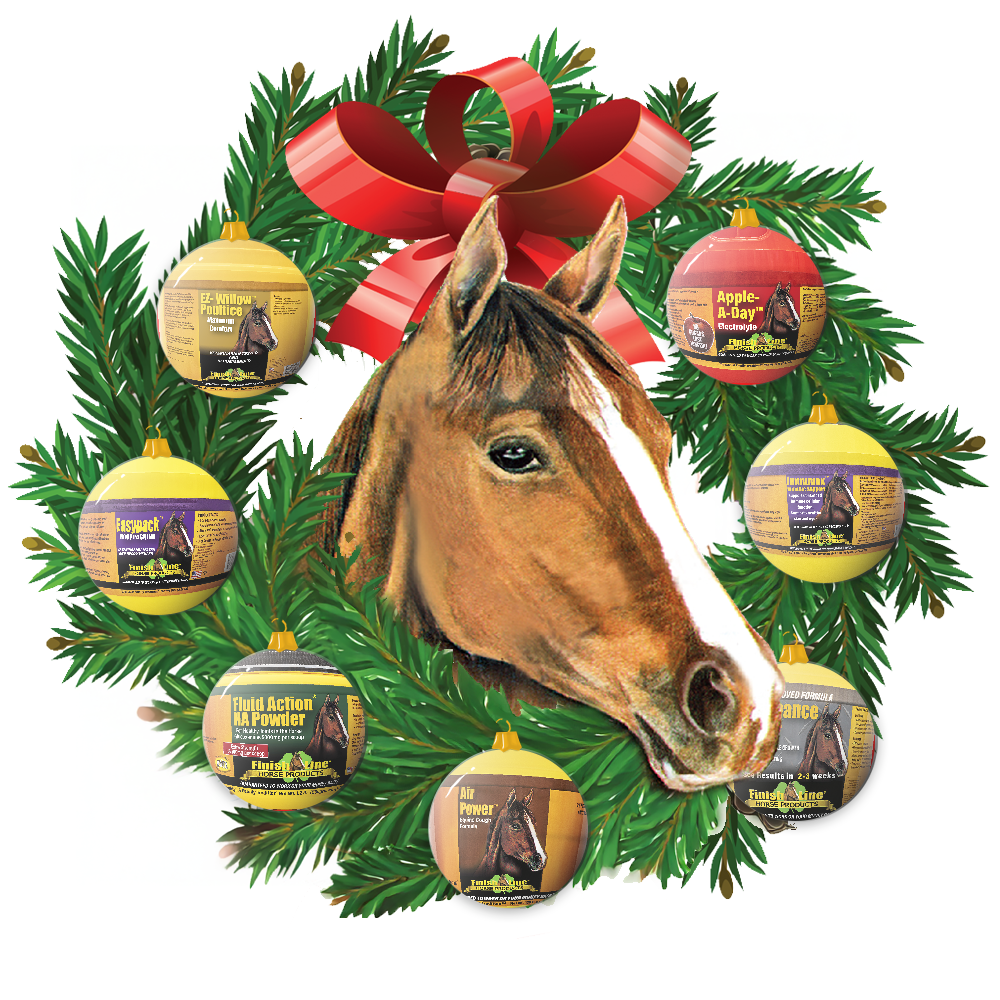Winter is coming to an end, and the spring training season is right around the corner. If you live in a cold climate, your horse has likely spent the last few months with limited physical activity. Starting with high-intensity exercise at the first sign of warm weather is a recipe for injury and frustration.
In addition, spring brings fresh new forage – tasty grasses that your horse’s stomach will object to after a season spent eating dry hay and pellet feed. Here’s what you need to know to help your equine get ready for spring:
Check the hooves
“Poor blood flow in the hooves leads to fewer nutrients.”
As the saying goes, no hoof means no horse. Before increasing your equine’s physical activity, make sure its feet are healthy and able to support the stress of performing. According to Equus Magazine, a horse’s hooves grow slowly in winter. Terry Dokken, president of the Minnesota Farriers Association, explained that because horses don’t get as much physical activity in winter, their hooves don’t see the same amount of blood flow as they do in warmer months. Thus, fewer nutrients are delivered to the hooves.
While slow growth saves you from having to trim and shoe the hooves, it also means any cracks that existed in fall or winter will take extra time to grow out. If your equine’s hooves have any defects, schedule a visit to your farrier for a shoeing or other treatment. You can also give your horse Finish Line’s Horse-Shoe, made primarily from pure biotin, to support the integrity of the hoof wall. Horse-Shoe also contains calcium iodate and niacinamide to promote better circulation, helping the biotin and other nutrients reach the hooves.
Ease into exercise
Your horse has likely lost some muscle mass over the winter, so don’t work it too hard it the beginning. Start with gentle exercises to warm the muscles, and focus on strengthening the bones and tendons to prevent injury down the line. Speaking with TheHorse.com, professor and specialist Steve Jones said inactivity during the winter leads to brittle bones and weak tendons.
“The unique thing about a horse is that when you exercise him, he actually has bone remodeling,” Jones explained to the publication. “The bone softens and then starts repairing itself for that activity level. Tendons do the same thing.”
“Monitor your horse for signs of excessive soreness or attitude.”
Keep your initial training sessions to about 20 minutes of light work, beginning and ending each with a soft-warm up and cool-down. Monitor your horse after each session, checking for signs of excessive soreness or attitude. If it seems ready proceed, increase the length and intensity of your sessions. Be sure to give your equine at least one day off per week and vary its routine with different exercises.
The Trail Rider Magazine provided a simple, four-week plan designed to help horses in good health adjust to intense spring training. Start with 30 minute walks during the first week, then add 10 minutes of trotting during the second. Increase the trotting to 30 minutes the third week, and finally add some cantering during the last week.
The amount of time it takes your horse to reach its physical peak depends on its level of fitness during the prior fall. An animal that was sound before the cold set in will take less time to adjust back to exercise.
Adjust the diet
Your horse is quite eager to graze on fresh pasture, but letting it eat to its heart’s content at the start of spring leads to stomach problems. As the University of Minnesota detailed, suddenly switching to a spring diet disrupts the microorganisms in the horse’s hindgut, resulting in colic. In addition, the large amount of simple sugars present in new spring forage leads to laminitis if consumed in excess.
Instead of letting your horse graze at the start of spring, wait until the grass reaches 6 to 8 inches tall. Otherwise, you compromise the plant’s ability to perform photosynthesis, essentially starving it and causing it to die at the root. This means your pasture will be devoid of plants for the rest of the season.
At the start, keep grazing time to 15 minutes per day and continue to sustain the remainder of the equine’s diet with hay. Add another 15 minutes of pasture time every day until reaching a total of four to five hours.
Follow these tips, and you and your horse should have little trouble adjusting to a spring training and feeding regimen.











